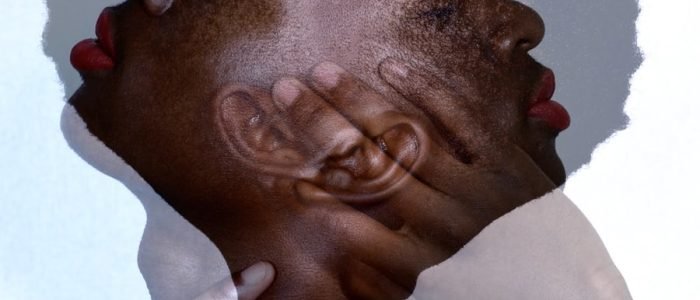One of the most common complaints Ive been hearing about during this pandemic time has been the random onset of shoulder pain.
Actually, scratch that.
It’s usually described as “I think I messed up my shoulder somehow”, but that doesn’t necessarily mean it stems from the shoulder itself!
Without going into the complexities of pain science, I thought I would give a quick and easy assessment to figure out if your issue stems mostly from your shoulder or neck.
….Wait, did you say my shoulder pain is coming from my neck?
Yes. Yes I did.
Neck pain can sometimes refer to your shoulder, upper back, elbow, jaw and even all the way down into your hands and fingers. Have no fear, we can simplify this and start by getting a general sense of whether your symptoms are related more to your neck or actual shoulder. If you can reproduce that familiar ache, tingling or pain with some basic movements then it’s a good bet that those aches and pains are stemming from that area.
Neck related pain:
- Start but turn your head all the way to your left and then the same to your right. Try to keep your chin parallel to the ground the entire movement.
If your neck is the main source of your symptoms, you might notice a difference in how far you can turn left or right. If you’re unsure, try this: stand with your left side facing a mirror. Turn your head to the left and get a sense of how close your chin gets to your shoulder. Turn so that your right side is facing the mirror, turn your head to the right, and compare. There will tend to be some increase in symptoms when turning left or right, if your neck is the source.
- Repeat the head turn in the previous step but now tilt your head back slightly, at the end of movement. This might feel uncomfortable but remember that we’re looking for similar aches, pains or general symptoms, not just a general discomfort.
- Now that you’ve gone through your head rotations we can look into your neck extension. This just means the motion of looking up towards the ceiling. Remember that if this feels uncomfortable, thats normal. You’re looking for specific and familiar pain during this motion.
Shoulder related pain:
Your shoulder is one of the most mobile joints in your body but with great mobility comes great responsibility! We won’t go through all of the motions of the shoulder but we will stick to the ones that I have found to be most effective in differentiating between neck or shoulder culprits.
- Start with just lifting your arm straight in front of you up as high as you can. Make sure not to pull your shoulder blades down and back as your arm goes above your head (That’s an entirely separate blog #DontShameTheShrug but for now let’s just allow your shoulder blades to rise up towards your ear).
- Stop sign test: with your elbow bent to 90 degrees, lift your arm sideways to 90 degrees. turn your arm so that the palm of your hand is facing forward. Continue that motion as far back as you can. Now, slowly lower your arm back to that starting position where your palm is now facing down towards the floor.
Even as we reopen in New York, the overall amount of activity and movement that we do throughout the day is much less than it was pre-Covid. This general lack of activity and movement combined with any history of shoulder or neck pain can be the perfect storm for a flareup.
Here’s a quick video review:
What now!?
We can break up most treatments into some combination of movement and/or recovery. If your shoulder or neck pain/symptoms came on gradually, you might feel better with some guided movement or exercises. PT is not always about strengthening. Many times we use movement and resistance to help desensitize local areas and ultimately reduce pain.
If, on the other hand, you just finished going on your first 10 mile run after not running for 3 months; or decided to paint the entire living room in one day because you needed more mauve in your life, this might be a time for recovery. I hesitate to say “rest” because recovery is so much more than that. It’s about getting good sleep, nutrition, stress management and reconnecting to friends/family. remember that pain can cause anxiety and stress which in turn can make the pain experience worse. Allowing a brief amount of time to manage all the aspects fo pain can be a huge help.
like Billy Joel said, “It’s all right, you can afford to lose a day or two”
Either way, we are here when you need us and if you have any questions on these feel free to reach out or email us at frontdesk@f2pt.com

